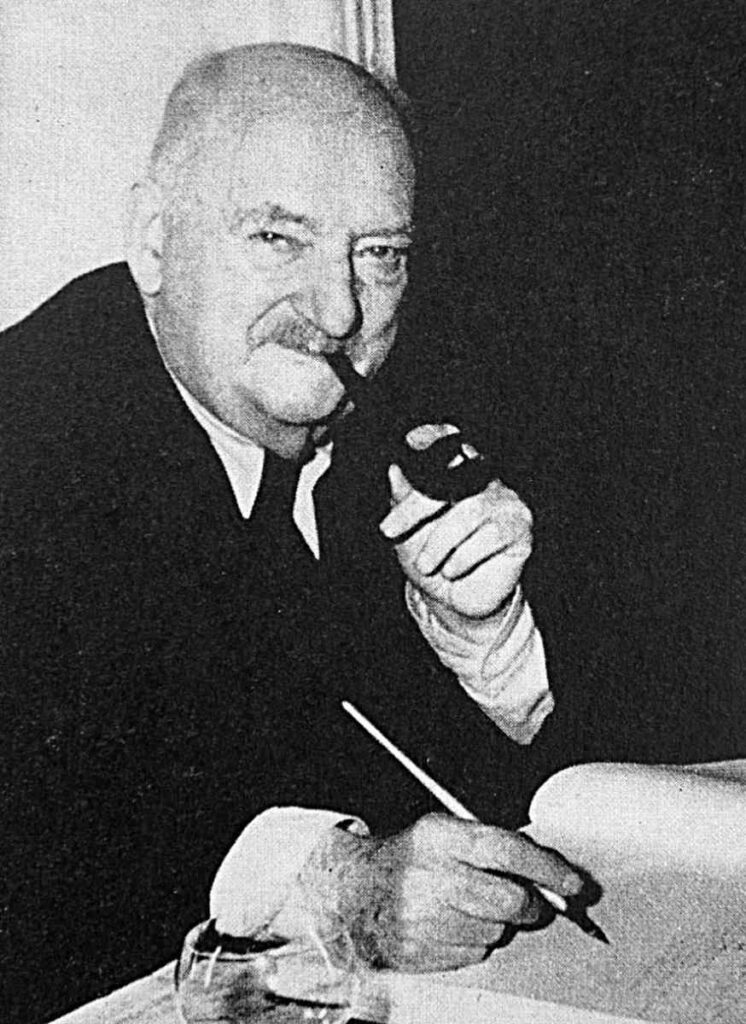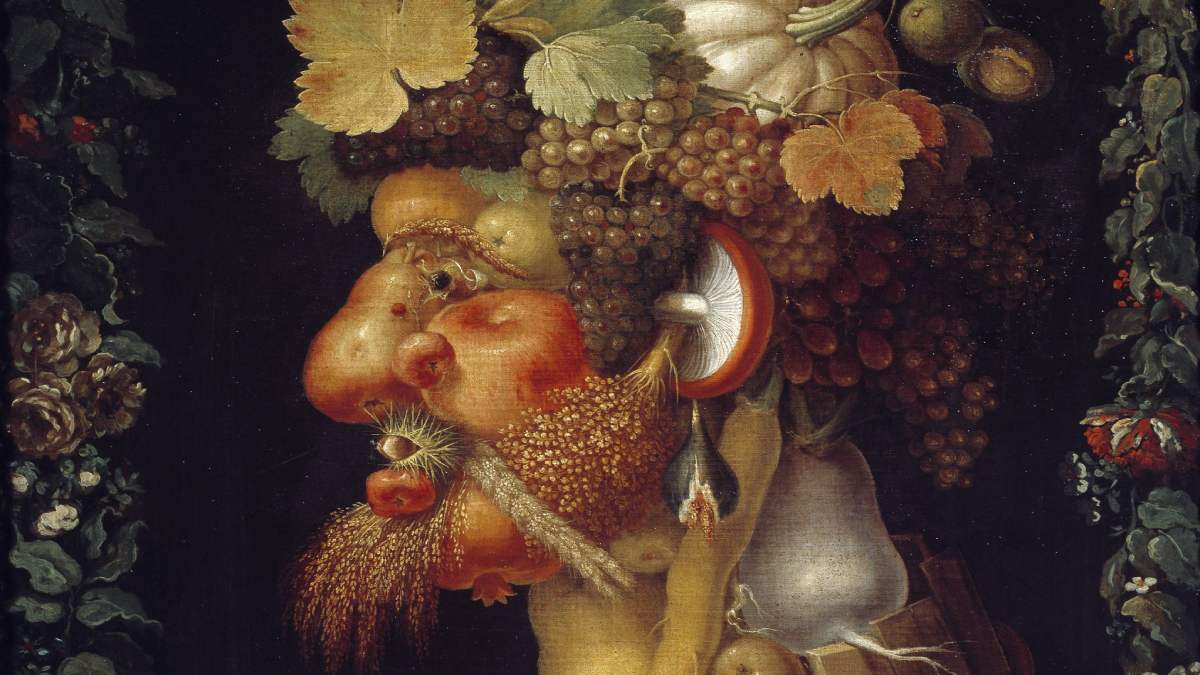Click here to read the Spanish version.
Plucking daisies is the pastime – more mental than systematic – of the flâneur. One after the other, one debate after the other without response, that beautiful indifference to the environment that characterizes the foreign element with stories and concepts that are intuited in the chaos. In 2007 I was a part-time flâneur in the streets of Shanghai, on the beaches of Sardinia, on the coast of Campania, I was thinking about the artistic and the gastro. That year the first iPhone was launched, Tony Blair resigned, Sarkozy reached the Elysée and in the United States a series with reduced expectations was presented: The Big Bang Theory. That same year Boris Yeltsin, Rostropovich, Pavarotti and Fernando Fernán Gómez died, but I was thinking about it, because in the summer of that year, the twelfth edition of the Documenta art fair in Kassel included Ferran Adrià in its program as an exhibitor. El Bulli became Pavilion G and a table housed daily visitors and participants of the event who traveled from Kassel to Rosas. The artists – and also the gallery owners – were mostly opposed to what they considered to be a boutade by the organization, while the professionals in the kitchen congratulated themselves for having achieved the coveted qualification: art.
Almost fifteen years later the debate is still alive and it is curious that the tables have turned: now there are legions who defend gastronomy as an art -from art- and many others who -from the other side- are reluctant to consider it as one more of the group of seven (sculpture, architecture, cinema, dance, music, painting and literature). I do not know if it is a question of Bauman’s ‘liquid modernity’ or if it has been reflected upon in depth after the initial euphoria. Joan Miró already commented that “a chef becomes an artist when he has things to say through his dishes, just like a painter in a painting”, something that Olga Adelantado (from the Luis Adelantado Gallery) corroborates: “Contemporary art, just like haute cuisine, has a story to tell”. Both disciplines combine “the concepts of memory and time”. The gallerist insists: “Haute cuisine is like ephemeral art, an enveloping experience linked to the senses”, and highlights the interactive element of ‘cook/artist’ and ‘spectator/diner’ in what she considers a global experience of contemporary art and haute cuisine.
Quique Dacosta (Gold Medal for Merit in Fine Arts in 2020) defends that “cooking, as an act of creation, is one more of our Fine Arts […] The kitchen and the cook are art -and artists- when they have things to say through their natural support -the plate-, like a painter on canvas with his paintings”. And if the cook is an artist and we follow what Duchamp wrote and demonstrated, everything he considers art will be art, hence the ready-made, modernity, Manzoni’s cans, Abramović’s performances and conceptual art.
“Of course chefs are true artists”. Indeed, “they are capable of delighting our senses with their talent […] but to consider gastronomy an art is definitely relative,” says gastroactivist Aiste Miseviciute (from Luxeat).
ART
If we follow point by point the definition given in the Dictionary of the Royal Spanish Academy, it does not seem complicated to determine that gastronomy is art, but the subject becomes entangled in the nuances and the perverse effect of the simple becomes a tool for debate. Juanjo López Bedmar (from La Tasquita de Enfrente) considers that if “it fulfills an aesthetic purpose, […] transmits the author’s story […] and awakens all kinds of sensations in the diner, we could consider it an art” but, as the chef from Madrid confesses, “I consider myself an artisan, simply a storyteller. Not all of us who dedicate ourselves to cooking are artists”, something that Miguel Herrero, founder of Club Nuncacomassolo, agrees with: “not all gastronomy is art, nor are all cooks artists. Those who practice this more artistic gastronomy do it from a technical and introspective work that transcends the usual function of the culinary act, which elevates it to a new dimension”.
It is a fact that modern gastronomy has its origins in the French Revolution or, as Sergei M. Eisenstein said, art always arises from conflict. If Brillat-Savarin put words to those beginnings, others like Marie Antoine Carême were building a new paradigm from the kitchens of the Congress of Vienna. Gastronomy was beginning to detach itself from the useful and the vectors of excellence, innovation and, of course, culinary currents were appearing. “There is research, there is intuition, there is plasticity and there are no limits. Artists are visionaries and there are some chefs who fit into the codes of art”, as the director of Guía Repsol, María Ritter, explains.
Gastronomic literature proliferated, culinary treatises followed one after another, but it was not yet time for the arrival of another fundamental fact: the existence of criticism. In the case of artistic criticism, it dates back to Diderot and was consolidated in the second half of the 19th century, influenced by positivism: art as an expression of feelings (“to be considered art, the gastronomic act has to be an expression of the artist that aims to convey an emotion and provoke it in those who enjoy it”, according to Miguel Herrero).
The work of Escoffier (who, like Adrià, began in the kitchens of the military) gave gastronomy the impetus it needed after the death of Carême. From Escoffier we know that he read with rigor the desires of the bourgeoisie, so swollen and reaffirmed in its quasi-hegemonic condition after the Industrial Revolution. The chef underpinned -among others- the concept of haute cuisine which -thus associating both words- appeared intimately linked to art. “Dishes that are authentic creations, where inspiration is the result of the chef’s knowledge, experience and talent,” says Maria Ritter.
At the end of that century -still in the 19th- Le Journal published the first articles by Curnonsky, proto-critic -in essence- of kitchens, knight of the Legion of Honor (not a random fact) and precursor of what later became the nouvelle cuisine.

CRAFTSMANSHIP
“Something is art if it has been created with that intention. Transmitting a feeling, an emotion, an opinion or an idea with no other objective than that. There can be such a powerful moment of creation in some chefs that it resembles art, but the main objective is almost always to feed and please or even to investigate”, says Alejandra Ansón, from the gastronomic cabinet Ansón&Bonet. There are ‘creatives’ and ‘artisans’, but according to the gastronomist, “the dividing lines are very blurred”.
The point is, in the words of Ricard Camarena, that “gastronomy has two sides: the artistic and the artisan […] And it doesn’t only depend on the type of cuisine”. The Valencian chef argues that “in the same menu you can perfectly read which way the balance tips in each of the dishes and it is almost never something that happens deliberately”.
And why is architecture art if it is based on the useful (to inhabit)? And why is not the design of pottery or ceramics? And dance? It is ephemeral and useful. As is music or art or sculpture or even cinema. The existence of decorative plastic arts, of sculptures with a serial number, or of inaudible music as John Cage proposed, is not an obstacle to avoid considering them as Fine Arts.
As Quique Dacosta says, “what I do is not useful as such, but it feeds and nourishes, in equal parts, the soul, the emotions and the stomach. Cuisine combined with art is gastronomy”. Isn’t a Mozart opera, Mark Rothko’s canvases or a Tarkovsky film just as useful? In the beginning, Joseph Beuys was not a performer but an activist of the utopian. Functional, non-volitional and artisan? Perhaps the problem is that our Western parameters are insufficient in addressing the issue.
SHIN-GYO-SO
The two elements that a priori separate gastronomy “from the rest of the unquestioned arts are the ephemerality of the artistic object, consumed on the spot, and that of its utility. However, the chef’s creation goes beyond the cooked dish, and the experience has replaced the primary purpose of feeding,” says cultural manager Violeta Dávila. “The artisan recovers its original consideration of (beautiful) art. They should never have been separated”.
In Japan there are three principles that apply to any work of art: shin, gyo, so. If we qualify a work as shin, we understand that it is formal in its appearance, that it is highly elaborated, that its creation has required deep technical knowledge. A gyo work appears devoid of the formal rigor of the previous one, although it does not abandon the necessary technical requirements. If the work is defined as so, it is free, simple and informal.
Shin-gyo-so define – among others – origami, kyūdō (the art of archery), ikebana, bushido or chanoyu (the art of the tea ceremony); however, it is in shodo (the art of calligraphy) where the difference between the three precepts is most evident. Shin, for official or government documents. Gyo, in everyday communication. So is the freedom, the expressive, the calligraphy that requires a lot of practice for its realization and even training for its reading. That is to say, art, craftsmanship or functionality gathered in the same artistic element or, what is the same, not by occurring at the same time three concepts would disqualify a category as art. And I dare to go further: gastronomy would be -combining the Eurocentric and the Japanese position- the only one of the fine arts -if it were- that could bring together shin, gyo and so (with the permission of architects, of course).
A COVE
In 1963, Richard Hamilton -who was not only a pop artist and great gastronome but also the main architect of elBulli’s participation in Documenta 12- was in Cadaqués for the first time. He had been invited by another artist friend to visit the Costa Brava, meet Dalí and go boating. One of those days, as he and his friend sailed along the waters of Figueras, they came across a secluded cove in the distance and, pointing towards the rocks, spotted a restaurant at the top. The couple enjoyed good fish, good seafood and good views and the London artist promised almost secretly to go every year to that primordial place, abyssal and hidden among the pines.
The small restaurant was the pre-AdriàBulli. The artist-friend with whom he was going was the pope Marcel Duchamp. Who would have thought the seasoned chess player that this secluded place would become his posthumous and involuntary ready-made! Because it was Duchamp’s word, because the formal declaration of art was not even necessary, the debate would have been fruitless, without theoretical or intellectual support. Art for art’s sake, even if the artist himself does not know it. Finding art by wandering, without wanting or desiring it. Decidedly, being a flâneur has advantages.

